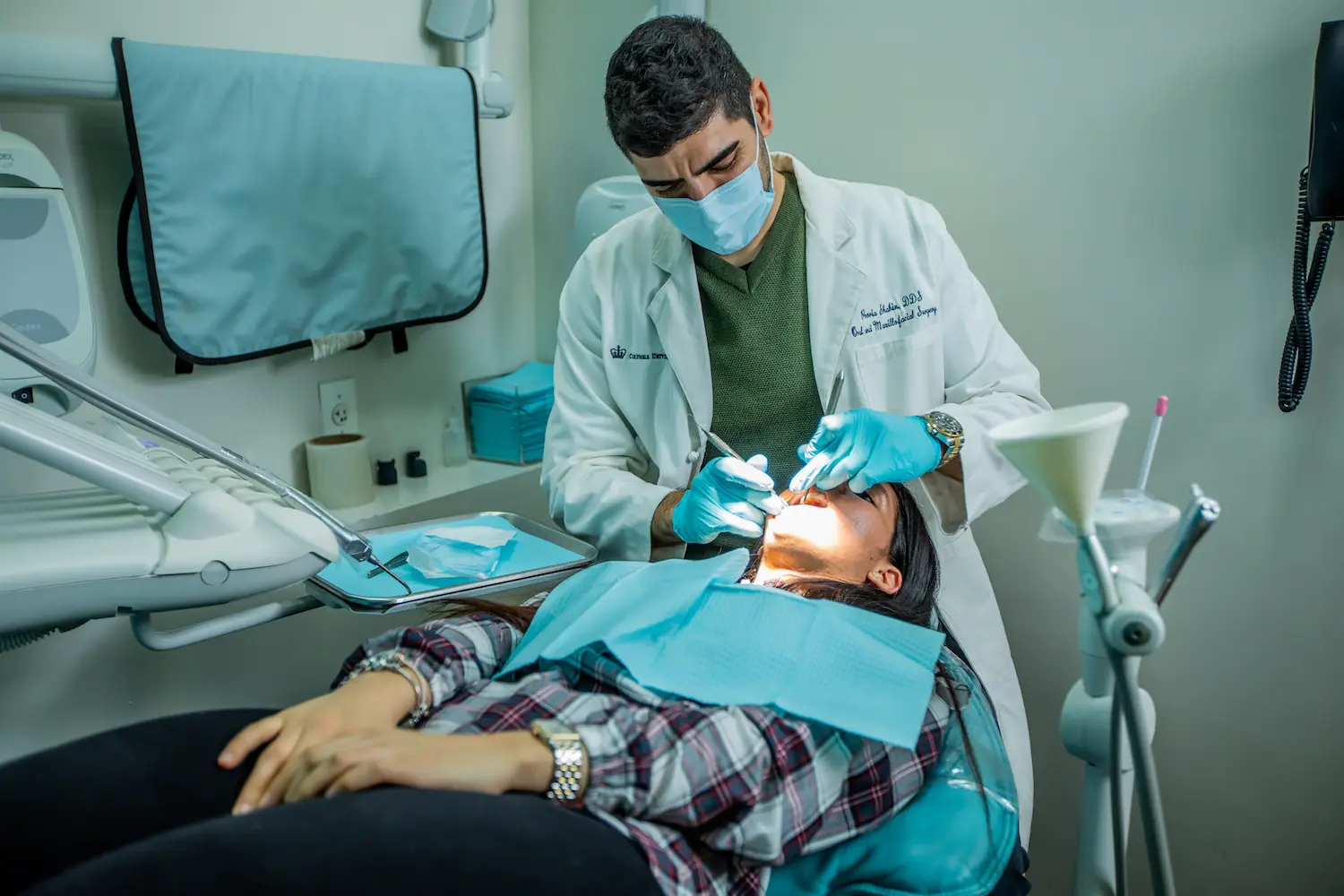How to Brush & Floss

A daily brushing and flossing routine is essential to healthy teeth and gums. It is key to good oral hygiene and is equally valuable as professional bi-annual tooth cleanings. For a sparkling smile and the prevention of serious oral diseases, make sure you know the proper way to brush and floss your teeth.

Brushing and flossing have several positive effects on your oral health:
Prevention of periodontal disease
Periodontal disease is a progressive issue that is caused by toxins in plaque and tartar on the surface of the tooth and interdental areas (between the teeth). Periodontal disease can lead to jawbone recession, gum recession, and tooth loss.
Prevention of dental caries
Acids in plaque can damage natural tooth enamel which can lead to tooth decay and tooth loss. Tooth decay is the leading cause of tooth loss and may require complex dental procedures to correct.
Prevention of staining
Teeth can be stained yellow by smoking, tea, and coffee. The more often you brush and floss your teeth, the less likely these stains will become permanent.
Prevention of halitosis (bad breath)
Halitosis, or bad breath, is caused by food particles in the mouth. Brushing and flossing rids the mouth of these particles and leads to better breath.
The Proper Way to Brush
The proper way to brush your teeth is as follows:
- Angle the toothbrush in your mouth at a 45-degree angle where your gums meet your teeth.
- Brush the gumline and teeth using small circular motions. Do not damage the gums and tooth enamel by applying too much pressure.
- Brush every surface of every tooth. This includes the tongue-side, cheek-side, and chewing surfaces.
- Use a back-and-forth motion to brush the chewing surfaces.
- Remove food, debris, and fungi from the mouth by brushing your tongue.

The Proper Way to Floss
After brushing, floss your teeth to remove plaque from the interdental regions, to prevent periodontal disease, and to limit the depth of the gum pockets.
The proper way to floss your teeth is as follows:
- Cut your piece of floss to be about 18 inches long.
- Wrap each end around the middle finger of both hands until your fingers are about 2-3 inches apart.
- Curve the floss around each tooth individually in a U-shape and gently slide it beneath the gum line.
- Move the floss up and down multiple times to remove debris and plaque.
- Make sure not to damage the gums by flossing too aggressively.
